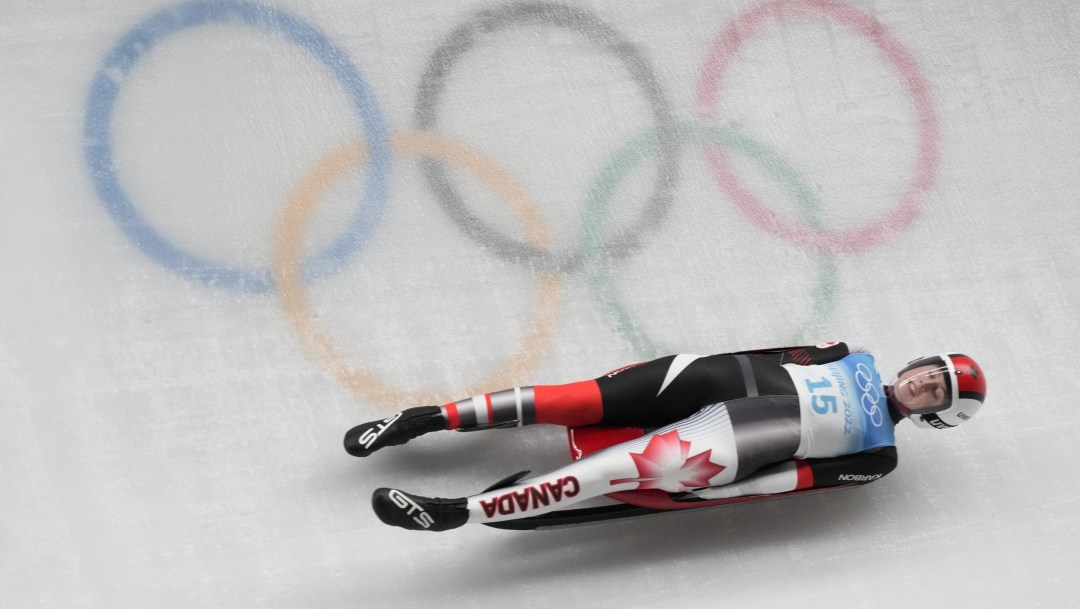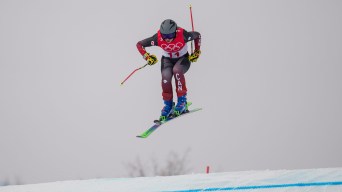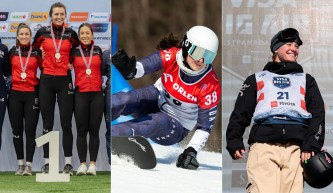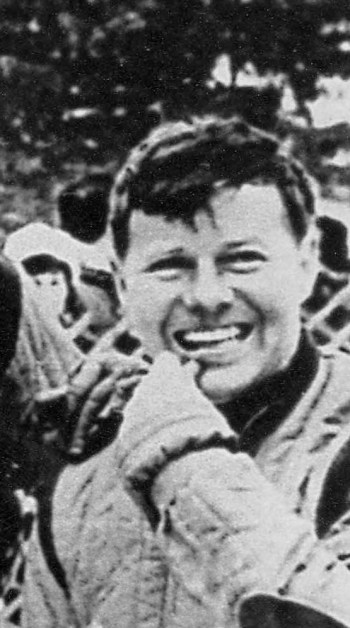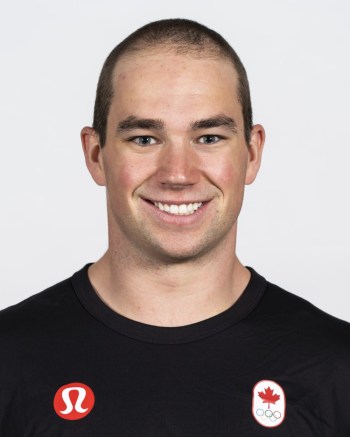How do you learn to drive an Olympic sliding track?
The sliding sports of luge (lying flat feet first), skeleton (lying flat head first), and bobsleigh (sitting tucked into sled) are three of the fastest and most thrilling sports on the Winter Olympic programme. Luge is generally agreed to be the fastest of them, with athletes able to reach speeds over 150 km/hour as they race down the track.
At the Milano Cortina 2026 Olympic Winter Games, there’s another factor beyond speed that will add to the excitement of the sliding sports—a brand new track.
The sliding sports at Milano Cortina 2026 will take place at the “Eugenio Monti” Sliding Centre in Cortina d’Ampezzo, named after Italy’s six-time Olympic bobsleigh medallist. The track was originally built in the 1920s and was in use until 2008. For Milano Cortina 2026 the track has been renovated back to life, and it is expected to become a regular stop on the IBSF (International Bobsleigh and Skeleton Federation) and FIL (International Luge Federation) competition calendars.
The 1749m track has 16 curves, and was rebuilt in record time, with renovations beginning in February 2024 and the first test runs taking place in March 2025. The Milano Cortina 2026 Organizing Committee had faced pressure to instead run the sliding sports at a pre-existing track, even if it meant the competition would take place outside of Italy. At one point, hosting the Olympic sliding events in Lake Placid, New York was the backup plan, but the new track in Cortina was delivered on time.
Pros and cons of a new track
So, is a brand new track a positive or a negative? Well, it depends who you ask. For Team Canada athletes, the overwhelming answer is that a new track very much works in their favour.
“No one’s really got that hometown advantage,” explained luge athlete Embyr-Lee Susko. “No one’s spent the last 20 years mastering this track, so I think this could go well for us if the stars align.”
Teammate Caitlin Nash agrees, noting that Canada, as a younger luge team, has historically performed well when the advantage of track experience is taken out of the equation. It seems that if the Olympic Games aren’t taking place at the Whistler Sliding Centre, a brand new track is the next best thing for the Canadians.
“I feel bad for the Italians. It’s their home track, but they’re not really having the home track advantage,” Nash said.
“Its predecessor in Cortina was quite the bruiser and challenging and technical track. This has highlights of that, but really not that much,” said bobsleigh pilot Pat Norton. “It’s a big push track, which is a big opportunity for our crew on our team. Having a big push track and a tricky track, but not challenging, opens itself for great racing.”
It’s not just the potential Olympic rookies that are excited by the challenge of a new track, though. Two-time Olympic skeleton racer Jane Channell says that the new track will make Milano Cortina 2026 even more special.
“I’ve been in the sport for so long, so it is always so special to get on a new track,” Channell explained. “It just doesn’t happen all the time!”
How to learn a new track
One doesn’t simply get on or in one’s sled and go for it. Athletes go through an extensive process to learn a track before they ever step foot on it.
Prior to arriving at a track, athletes are provided information about the layout, including the recommended “lines”—the fastest and cleanest routes through each corner and straightaway.
“The first step is just memorizing which way the corners go,” said Cole Zajanski, doubles luge athlete.
“It’s sometimes a little nerve-wracking because you can only practice so much mentally before going down the track,” added his doubles teammate, Devin Wardrope.
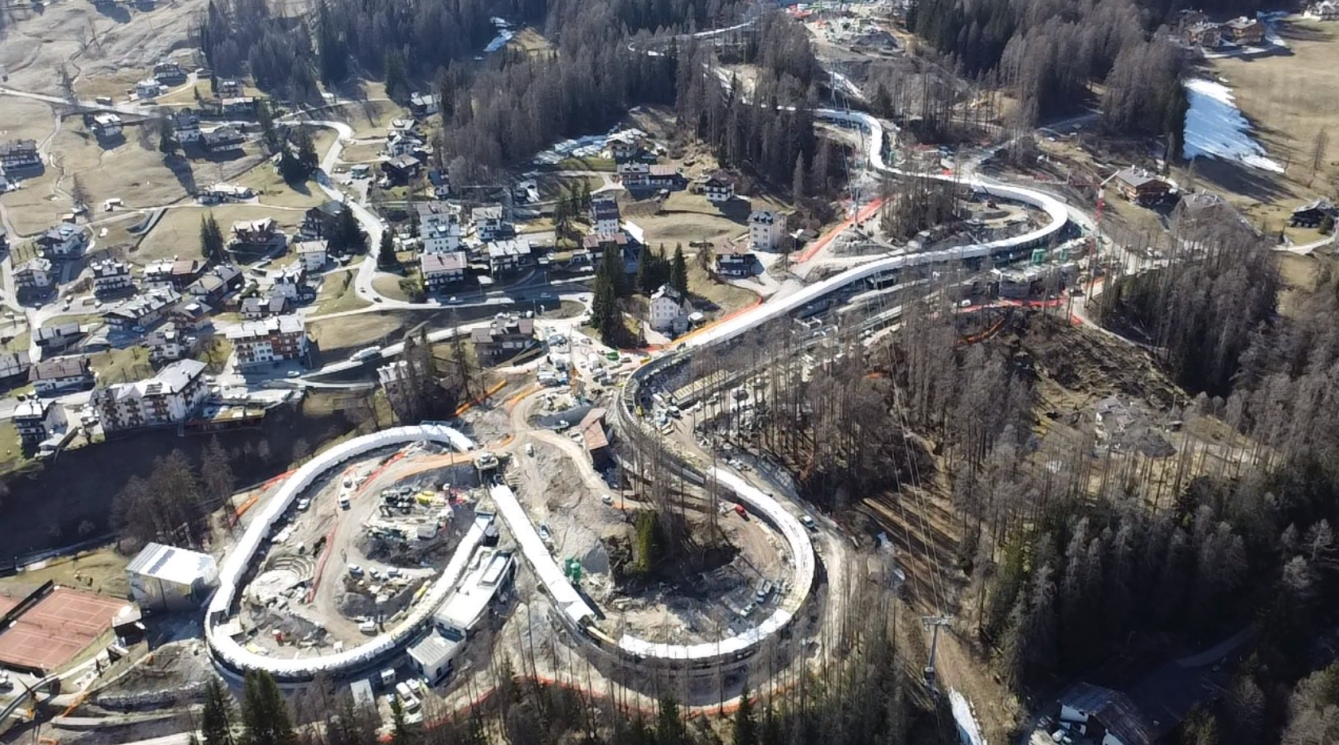
And contrary to an image that may come to many people’s minds from Cool Runnings, not much track visualization for bobsleigh athletes happens in the bathtub.
“We’re not sitting in bathtubs,” Norton said with a chuckle.
After you’ve memorized the curves of the track, it’s time for a training test run, often from a lower starting point than the regular start. Regardless of whether it’s a new-to-them track or not, all athletes are provided training time on the tracks they’re racing on to familiarize themselves.
“As soon we as kind of establish a routine of getting down the track with lots of confidence, it’s about dialing it in and manipulating the sled to be as free as it can without putting too much steer into it and allowing it to do the work and pick up the speed and start winning races on its own,” said Norton.
You might be surprised to hear that pre-competition training can be quite collaborative, even between different nations.
“No one’s trying to hide information from one another,” said Zajanski. “We’re a small sport, we’re all friends.
“If you’re having a bad time, you can go to the reigning Olympic champions and ask—how do you drive this line? They might not give you the secret sauce, but they’ll give you some help to get through safely. No one wants to see each other get injured or crash. They want to beat you at your best.”
Once you’ve got the hang of the rack, it’s time to add your own flair, as the lines first recommended may not exactly suit the sliding styles of different athletes.
“When we first started sliding on the Beijing track, we found faster lines than what we were originally given, and that’s really what led us to be strong in the race,” said Wardrope.
Homolog-what?
Before any competition, or even training, can take place on a track it must be “homologated.” Essentially, this refers to the track being given the stamp of approval by the sport’s international governing bodies from a safety perspective.
In the case of a brand new track, a “pre-homologation” must take place. Somebody has to go down the track first! You know those lines that Wardrope talked about receiving? Well, they have to come from somewhere if the track has never been raced on before.
In March 2025, Team Canada’s own Trinity Ellis was one of 60 athletes from 12 nations chosen to participate in the pre-homologation of the new Olympic track. She was one of only 18 luge athletes, who together completed 180 runs of the track without any safety issues.
“It was probably one of the coolest things I’ve ever done in sport, going with such a small group of athletes from all over the world to take the first runs ever down that track,” said 23-year-old Ellis.
What this means is that the pre-homologation athletes don’t have “lines” of the track given to them. They had to walk the track and make their best guesses on what the pressures and G-forces would be in given corners. [Talking with many of the Canadian sliding athletes, there was lots of language that you might expect more in a physics seminar—radiuses, oscillating lines, parabolas]. Pre-homologation athletes were also given the opportunity to hear from construction and engineering representatives about how the track was designed and made.
All of Team Canada has since relied on Ellis’ footage and analysis of the track in the lead up to this season. But soon they will have the opportunity to take to the Eugenio Monti Sliding Centre themselves with the luge International Training Period (ITP) taking place in late October, followed by the skeleton and bobsleigh ITP in early November.
Cortina d’Ampezzo will host the first bobsleigh and skeleton World Cup of the season, November 21-23, followed immediately by the Olympic Test Event for luge. Those will be the first opportunities for Team Canada to see if this track works in their favour indeed.

